Comparing simulated X-ray emissions from galaxy clusters to real observations provides support for the Standard Model of Cosmology.
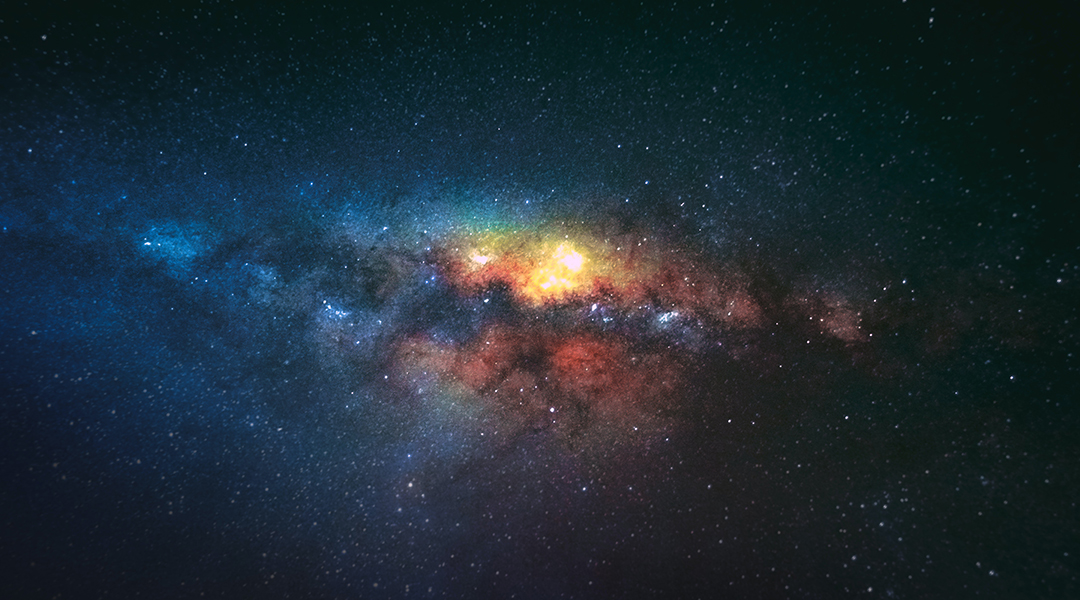

Comparing simulated X-ray emissions from galaxy clusters to real observations provides support for the Standard Model of Cosmology.
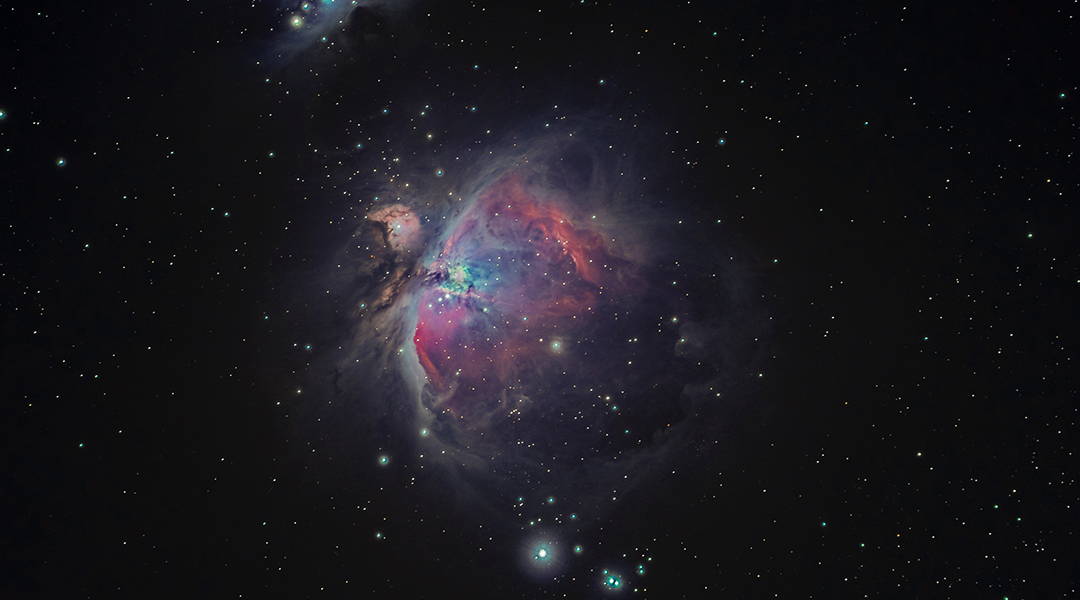
The powerful capabilities of the JWST allowed scientists to penetrate dust and gas clouds to capture crucial data on new star formation.
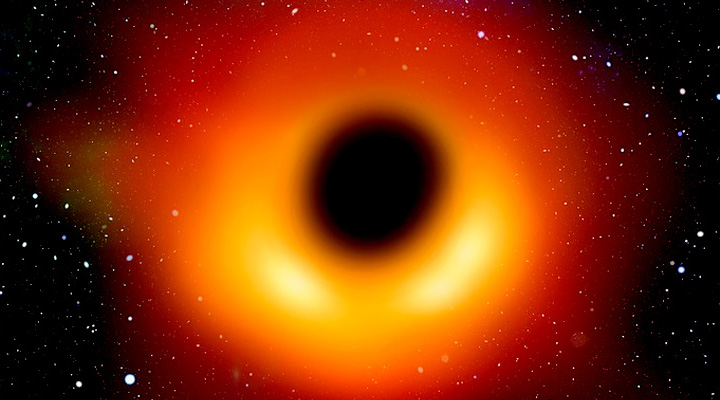
Finding the Universe’s first black holes with the help of Hawking radiation.

Recent discoveries have unearthed a bonanza of natural hydrogen in significantly larger quantities than was previously thought possible.
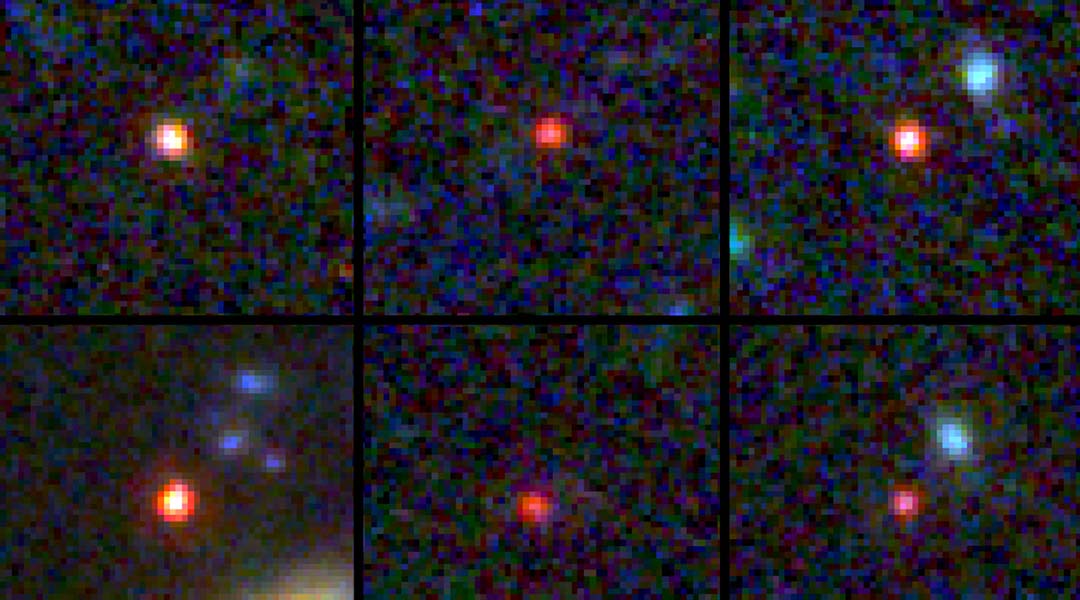
Astronomers report recent observation of six massive galaxies that according to our current understanding of the Universe should not exist at all.
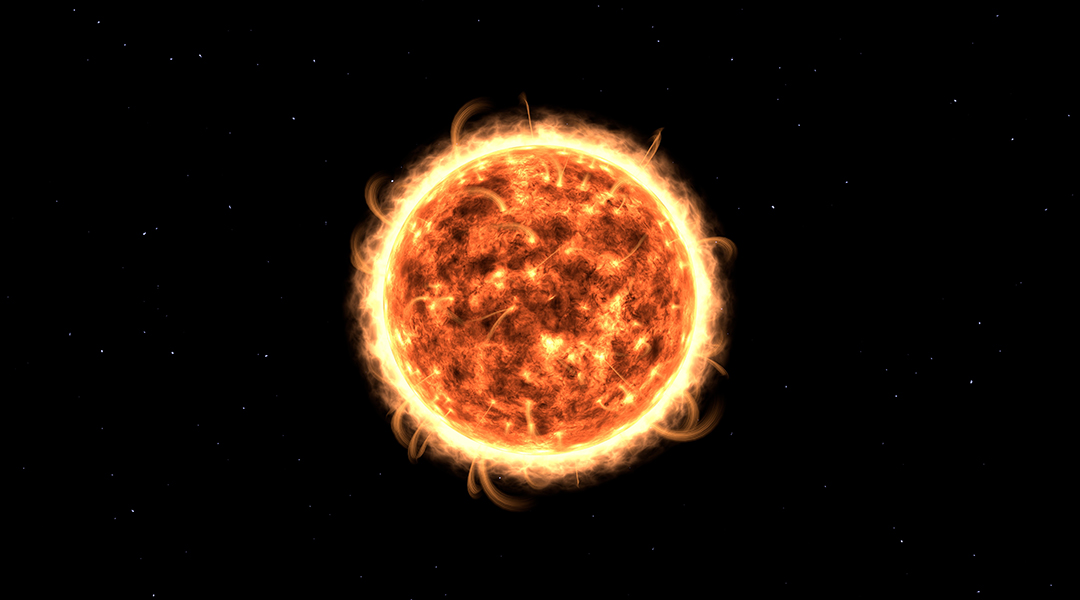
Sending atomic and nuclear clocks into the inner reaches of our solar system could help scientists find proof of elusive dark matter.
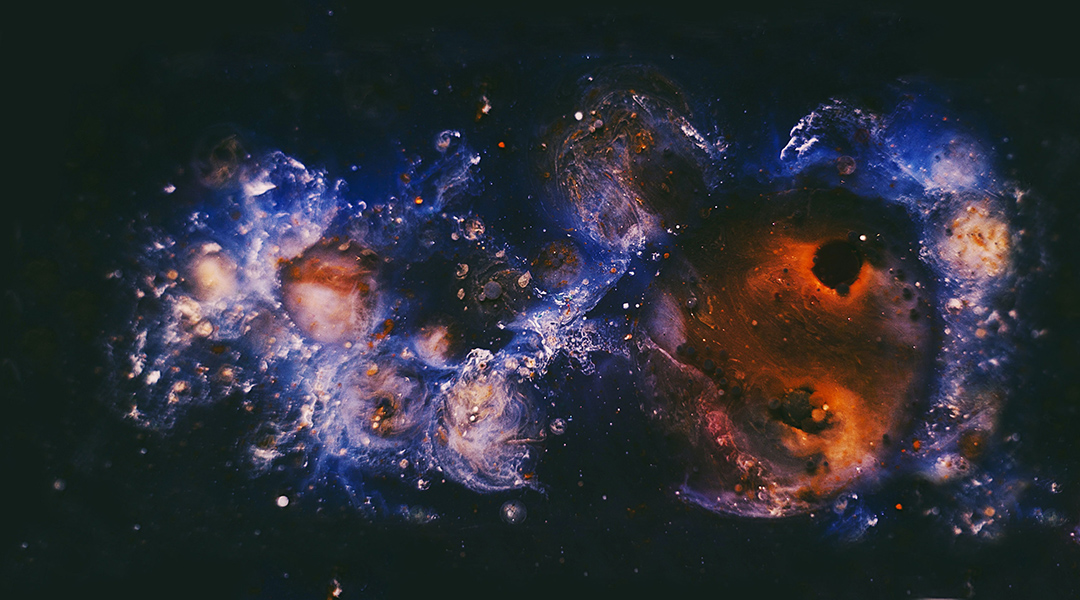
A modification to the theory of general relativity makes it consistent with observable astronomical data without the need for dark energy.
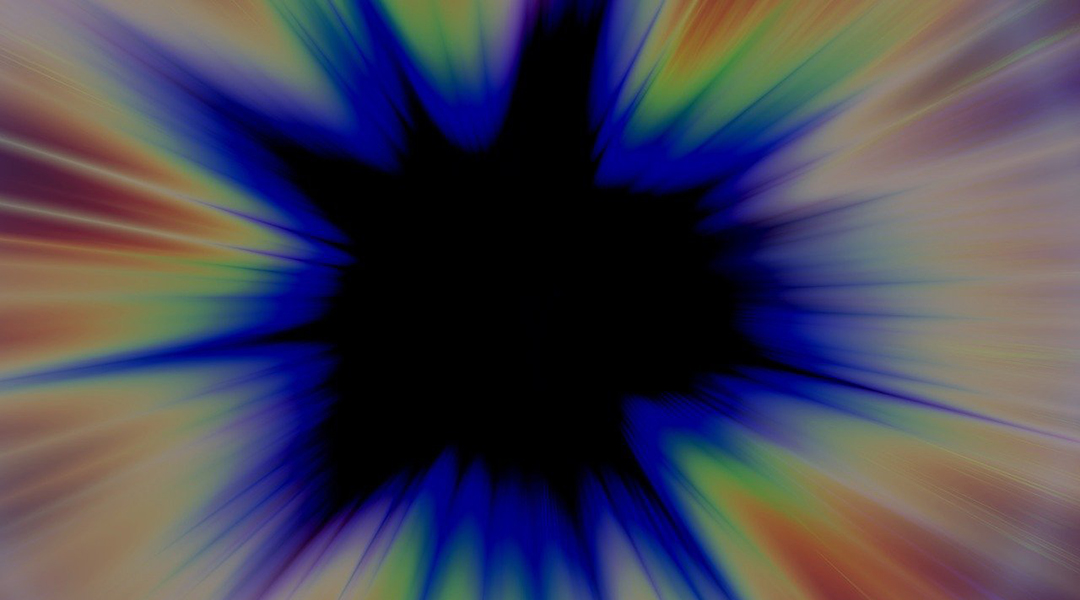
Conflict between theory and observational evidence suggests a missing ingredient in our understanding of the early Universe.
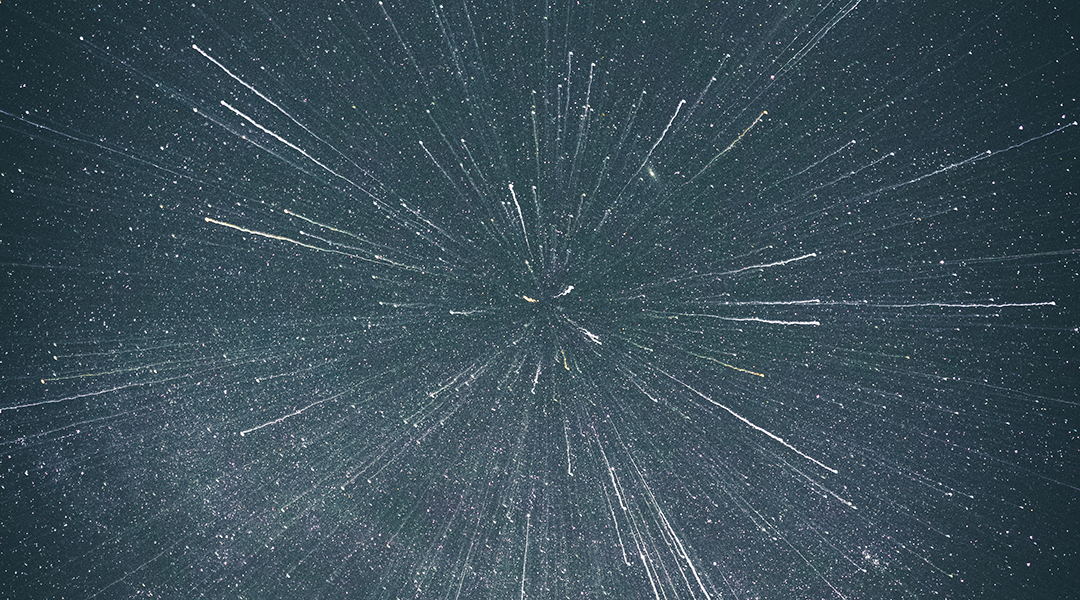
Using the motion of sound waves through a superfluid liquid, scientists can model the Universe’s evolution on a reasonable time scale.
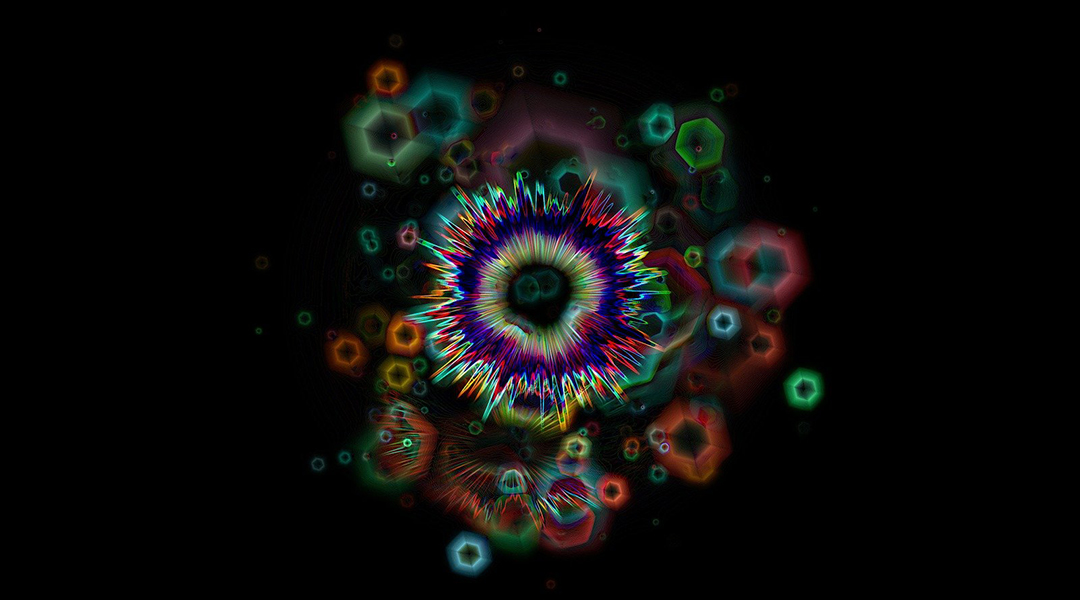
Quantum gravity seeks to describe gravity according to the principles of quantum mechanics, but can it be done?